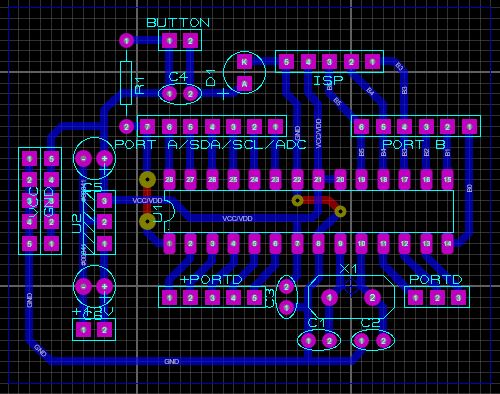Hello friend Ohm, in the world of programming and robotics certainly not off with a module called the Arduino. Arduino is an open-source single-board micro controller, designed to facilitate the use of electronics in various fields. The hardware has an Atmel AVR processor and the software has its own programming language, this software is called the
Arduino IDE. Currently Arduino is very popular all over the world. Many beginners who learn to know robotics and electronics through Arduino because it is easy to learn. But not just beginners, professionals also come happy to develop electronic applications using Arduino. The language used in Arduino is not a relatively difficult assembler, but the simplified C language with the help of Arduino libraries. There are several types of Arduino are:
1. Arduino Uno
The Arduino Uno is a microcontroller board based on the ATmega328P (
datasheet). It has 14 digital input/output pins (of which 6 can be used as PWM outputs), 6 analog inputs, a 16 MHz quartz crystal, a USB connection, a power jack, an ICSP header and a reset button. It contains everything needed to support the microcontroller; simply connect it to a computer with a USB cable or power it with a AC-to-DC adapter or battery to get started.. You can tinker with your UNO without worring too much about doing something wrong, worst case scenario you can replace the chip for a few dollars and start over again.
 |
| Figure 1. Arduino Uno |
2. Arduino Leonardo
The Arduino Leonardo is a microcontroller board based on the ATmega32u4 (
datasheet). It has 20 digital input/output pins (of which 7 can be used as PWM outputs and 12 as analog inputs), a 16 MHz crystal oscillator, a micro USB connection, a power jack, an ICSP header, and a reset button. It contains everything needed to support the microcontroller; simply connect it to a computer with a USB cable or power it with a AC-to-DC adapter or battery to get started.
 |
| Figure 2. Arduino Leonardo |
3. Arduino Mega 2560
The Arduino Mega 2560 is a microcontroller board based on the
ATmega2560. It has 54 digital input/output pins (of which 15 can be used as PWM outputs), 16 analog inputs, 4 UARTs (hardware serial ports), a 16 MHz crystal oscillator, a USB connection, a power jack, an ICSP header, and a reset button. It contains everything needed to support the microcontroller; simply connect it to a computer with a USB cable or power it with a AC-to-DC adapter or battery to get started. The Mega 2560 board is compatible with most shields designed for the Uno and the former boards Duemilanove or Diecimila.
 |
| Figure 3. Arduino Mega 2560 |
4. Arduino Nano
The Arduino Nano is a small, complete, and breadboard-friendly board based on the ATmega328 (Arduino Nano 3.x). It has more or less the same functionality of the Arduino Uno, but in a different package. It lacks only a DC power jack, and works with a Mini-B USB cable instead of a standard one.
 |
| Figure 4. Arduino Nano |
of the 4 types of arduino above, there are still some other arduino types such as Arduino Mini, Arduino Esplora, Arduino DUE, Arduino Yun, and others.
























